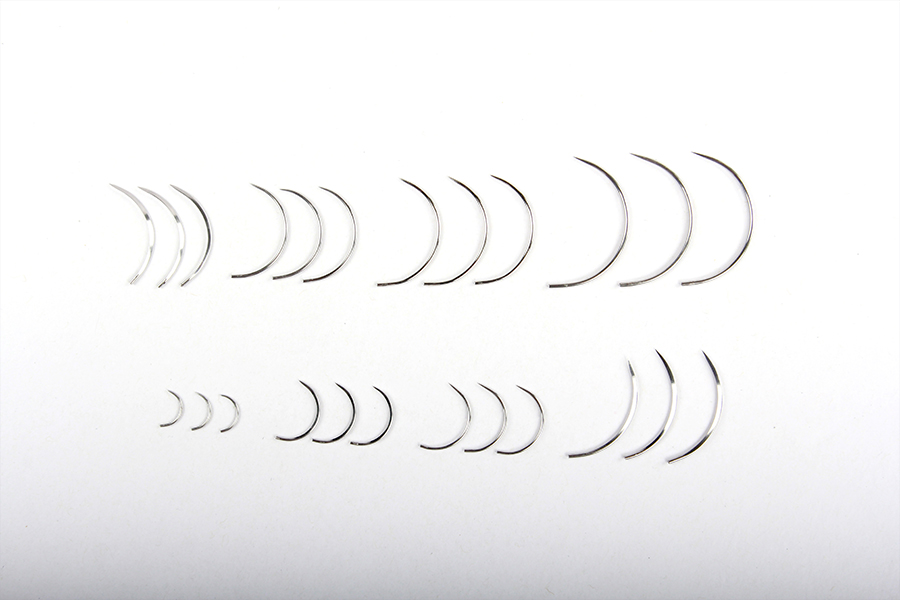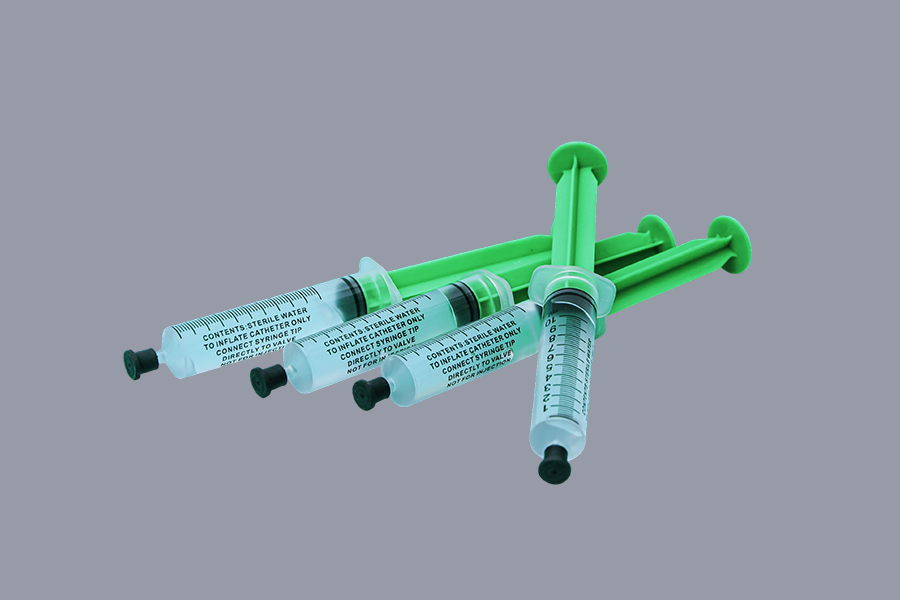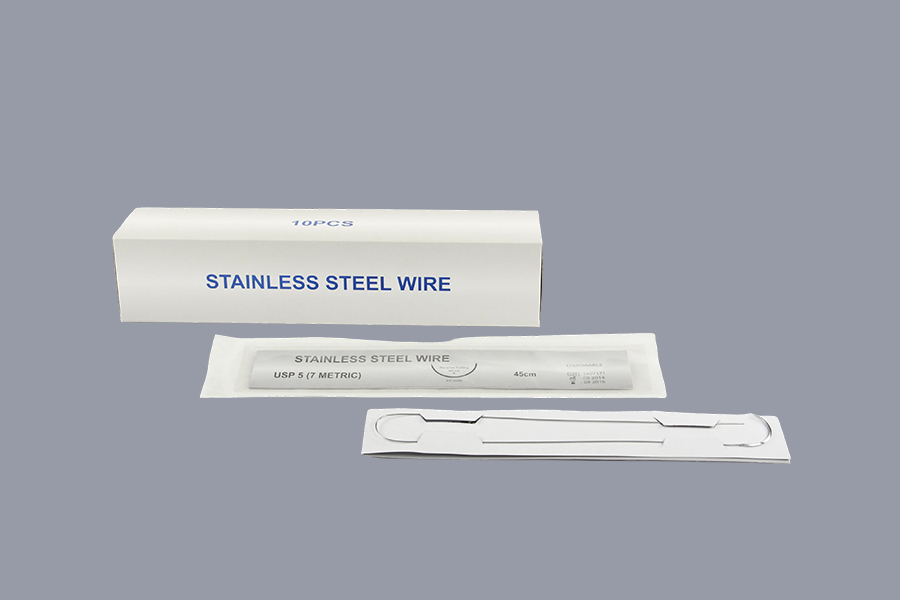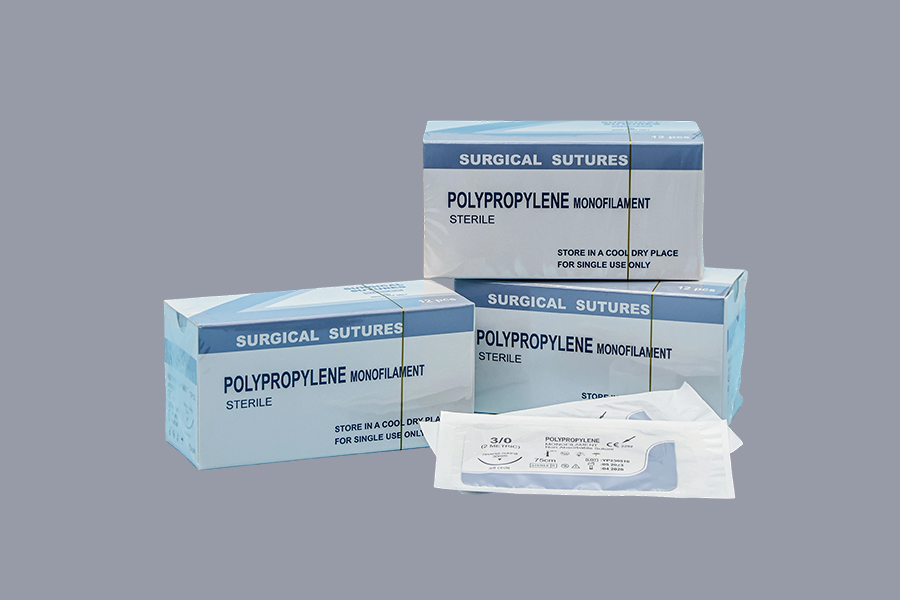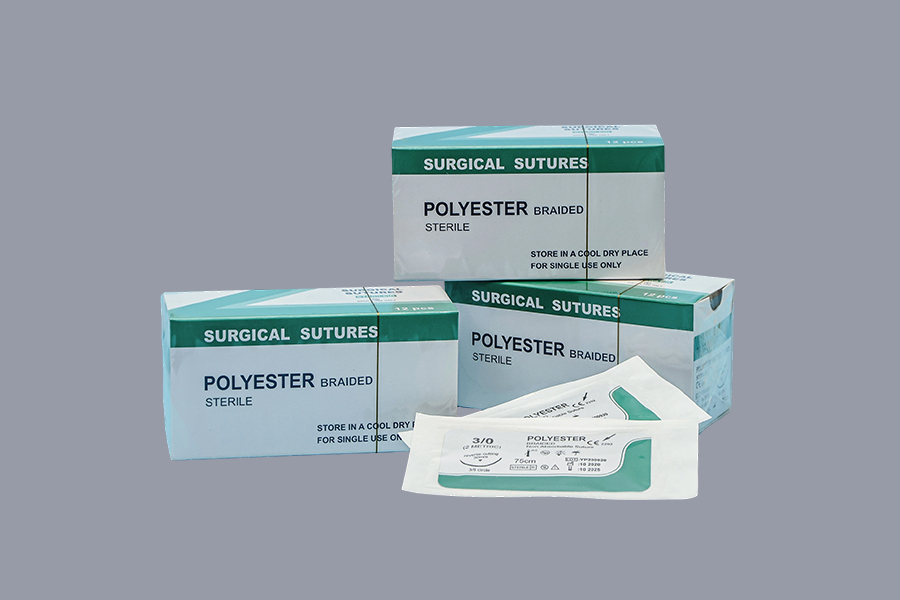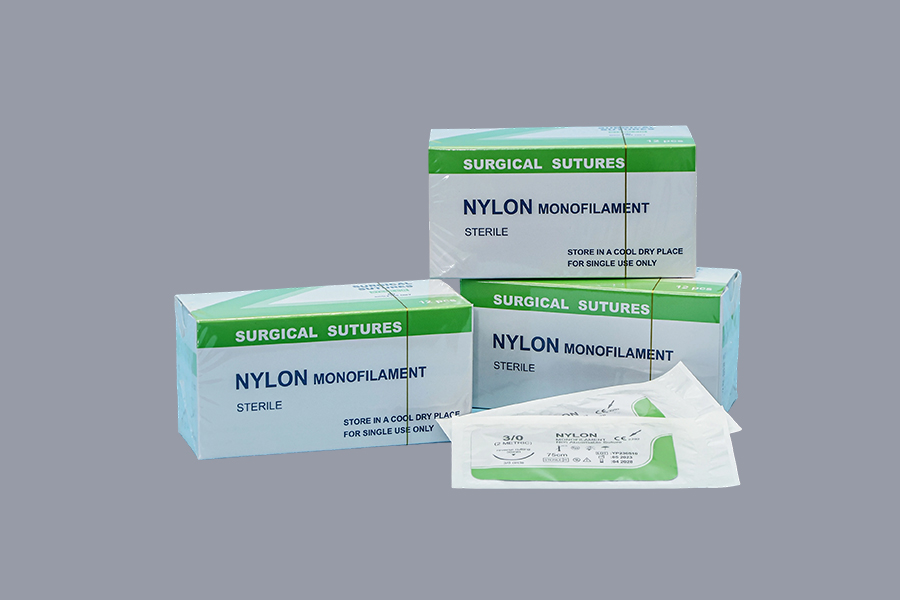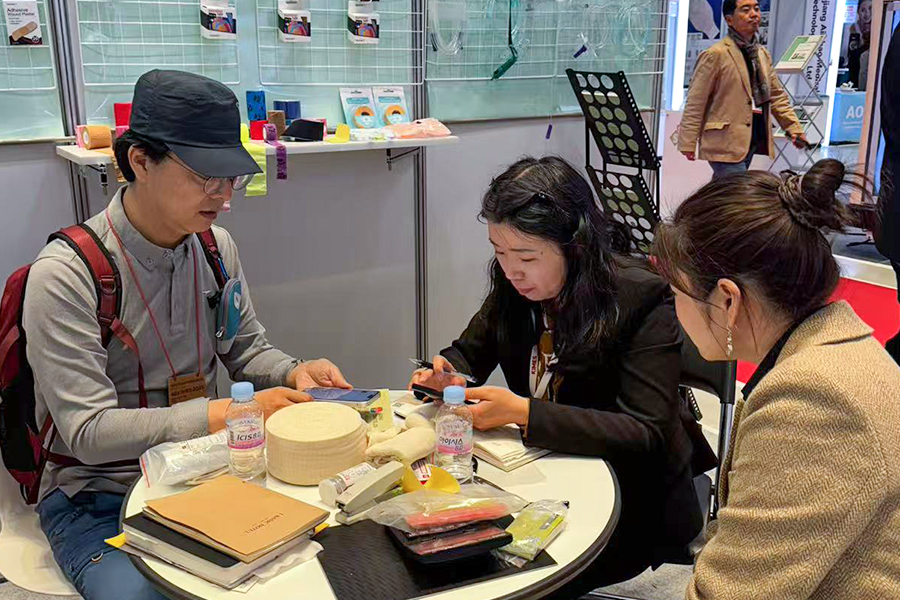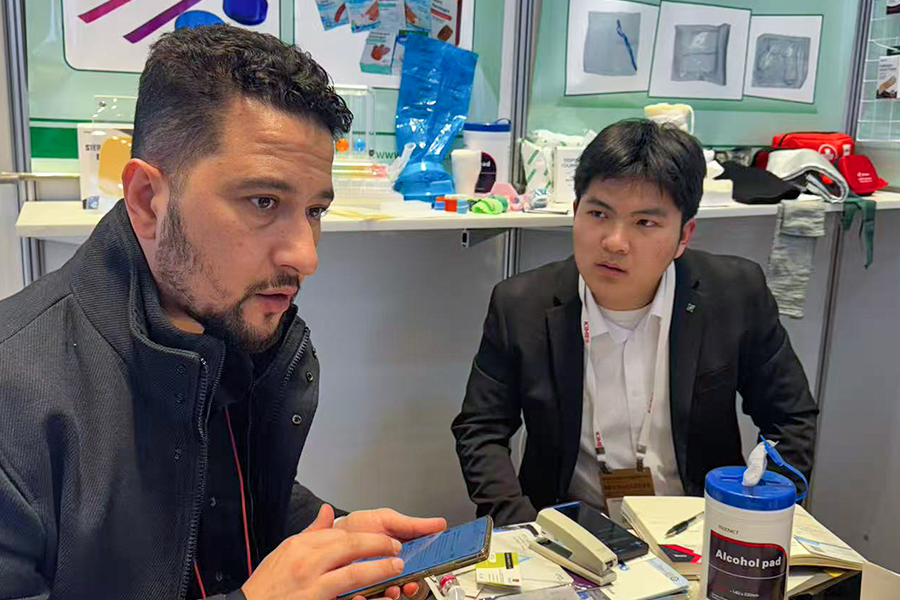
- Bandages
- Medical Tapes
- Cotton Products
- PPE Products
- Urology&Feeding Products
- Gauzes
- Procedure Kits&Dressings
- Catheters
- Surgery&Nursing
- Surgical Instruments
- Surgical Sutures
- Surgical Needles
- Surgical Blades
- Blood lancets
- Electrosurgical Pencils
- ECG
- Nasal cannulas
- Oxygen masks
- Nebulizer masks
- Venturi masks
- Spirometer
- Syringes
- Infusion sets
- IV cannulas
- Sharp boxes
- Three way Stopcocks
- Heparin caps
- Forceps
- Guedel Airways
- Light covers
- Tourniquet covers
- Lurbricant Jelly
- Lab Consumables
- Oral Care&Cleaning Products
- Sports Support
Comprehensive Guide to Surgical Instruments: Types, Materials, Sterilization, and Best Practices
What Are the Different Types of Surgical Instruments and Their Specific Uses?
Surgical instruments come in a wide variety, each carefully designed to perform specific tasks during medical procedures. For instance, retractors such as the Army-Navy or Richardson are essential tools that help hold incisions open, providing surgeons with a clear view and better access to the operative area. These instruments must be sturdy and reliable, as they maintain tension on tissues without causing damage.
In addition to retractors, suction tips like the Frazier and Yankauer are crucial for managing fluids during surgery. These tools help keep the surgical field clear by removing blood, irrigation fluids, and other secretions, ensuring that the surgeon’s visibility is not compromised. Their shapes and sizes vary to accommodate different types of procedures and anatomical locations.
Suturing is another critical step in surgery, requiring specialized instruments such as needle holders and a variety of suture needles. Needle holders securely grasp the needle, allowing precise control when stitching tissues together. In some cases, surgeons opt for staplers instead of sutures, which allow for rapid and consistent wound closure, reducing operating time.
Probes and dilators play a more exploratory and preparatory role during surgery. Probes help surgeons examine or locate passages and openings within the body, while dilators are used to gradually widen these passages to allow for surgical instruments or scopes to pass through safely. These tools are particularly useful in minimally invasive procedures.
Microsurgical instruments, including microscissors, are designed for highly delicate operations where precision is paramount. These fine tools enable surgeons to perform intricate maneuvers, often under magnification, such as in ophthalmic or neurological surgeries. Their small size and sharpness allow for minimal tissue damage.
For bone-related surgeries, instruments like rongeurs and osteotomes are indispensable. Rongeurs are strong, sharp tools used to remove small pieces of bone, while osteotomes are chiseling instruments that help shape or cut bone. These instruments must be robust and well-engineered to withstand the forces involved in orthopedic or neurosurgical procedures.
Laparoscopic tools, such as trocars and graspers, are designed specifically for minimally invasive surgeries. Trocars create entry points through the skin and abdominal wall, allowing other instruments to be introduced without large incisions. Graspers and other laparoscopic instruments manipulate tissues inside the body through these small ports, reducing recovery time and scarring.
Finally, diagnostic instruments like speculums aid physicians in examinations by gently opening body cavities for visual inspection. These tools are vital in both diagnostic and therapeutic procedures, providing access and illumination to otherwise hidden areas. Each surgical instrument is purpose-built, combining function and form to meet the precise needs of different medical specialties.
Why Are Materials and Quality Crucial for Surgical Instruments?
The materials used in surgical instruments play a vital role in ensuring their effectiveness and longevity. Most instruments are crafted from high-quality stainless steel or titanium, chosen for their strength, corrosion resistance, and biocompatibility. Stainless steel is favored because it is durable and can withstand repeated sterilization without degrading. Titanium, although more expensive, offers superior strength-to-weight ratio and is less likely to cause allergic reactions in patients.
Quality is not just about the material but also about the precision and craftsmanship involved in making each instrument. Surgical tools must have exact tolerances to perform delicate procedures accurately. A poorly made instrument can compromise the surgeon’s ability to operate effectively, increasing the risk of complications. Hence, manufacturers adhere to strict quality control measures to ensure every tool meets medical standards.
The combination of high-quality materials and meticulous manufacturing ensures that surgical instruments maintain their sharpness, strength, and sterility over many uses. This durability is essential, especially in reusable instruments that must endure autoclaving and other sterilization processes. Instruments that lose their integrity or become damaged can introduce infection risks or cause trauma during surgery.
In summary, the choice of materials and the overall quality of surgical instruments directly affect patient safety, surgical success, and healthcare costs. Understanding these factors helps medical professionals select the right tools for their specific needs and maintain them properly for optimal performance.
How Are Surgical Instruments Sterilized and What Role Does Infection Control Play?
Sterilization of surgical instruments is a critical aspect of maintaining patient safety and preventing infections in medical settings. Instruments that come into contact with blood, tissue, or other bodily fluids must be thoroughly sterilized before being used again. The most common and effective method is autoclaving, which uses high-pressure saturated steam at temperatures typically around 121 to 134 degrees Celsius. This process kills all forms of microbial life, including bacteria, viruses, and spores, ensuring that the instruments are completely free of contaminants.
In addition to autoclaving, chemical sterilization methods are sometimes employed, especially for instruments that cannot withstand high temperatures. Chemicals like ethylene oxide gas or hydrogen peroxide plasma offer alternatives but require careful handling and longer processing times. Regardless of the method, strict protocols must be followed to ensure that sterilization is effective, including proper cleaning of instruments before sterilization to remove blood and tissue debris that can shield microbes.
In recent years, the debate between disposable and reusable surgical instruments has intensified, largely driven by concerns about infection control. Disposable instruments are designed for single use and eliminate the risk of cross-contamination between patients. However, they can be costly and generate medical waste. Reusable instruments, when properly sterilized, remain safe and more environmentally friendly, but any lapse in sterilization procedures can lead to infections. Healthcare facilities must balance cost, environmental impact, and patient safety when choosing between these options.
Infection control goes beyond just sterilization of instruments. It involves the entire surgical instrument, including the surgical team's hand hygiene, the use of sterile gloves and gowns, and maintaining a sterile field during procedures. Surgical instruments are only one part of a complex system designed to protect patients from postoperative infections, which can significantly impact recovery times and overall outcomes. Therefore, rigorous sterilization and infection control practices are indispensable in modern surgical care.
How Are Surgical Instruments Properly Maintained and Cared For to Ensure Longevity and Safety?
Proper maintenance and care of surgical instruments are crucial to ensure their longevity, functionality, and safety during medical procedures. After each use, instruments must be meticulously cleaned to remove blood, tissue, and other biological materials. This cleaning process often begins with manual rinsing or soaking in specialized solutions to prevent the drying and hardening of contaminants, which can damage the instruments if left untreated.
Following initial cleaning, instruments typically undergo ultrasonic cleaning, which uses high-frequency sound waves to dislodge microscopic debris from hard-to-reach areas such as hinges and serrations. This step is vital for thorough cleanliness, especially for intricate or delicate tools. After ultrasonic cleaning, a careful inspection is necessary to check for any damage, corrosion, or wear that could affect the instrument’s performance or patient safety.
Proper drying is another essential step in instrument care. Residual moisture can lead to rust and corrosion, especially on instruments made from stainless steel. Many healthcare facilities use specialized drying equipment or ensure instruments are thoroughly air-dried in a controlled environment. Once dry, instruments may be lubricated with approved solutions to maintain the smooth movement of joints and hinges, which helps prevent mechanical failure.
Storage conditions also play a significant role in instrument care. Surgical tools should be stored in a clean, dry environment, ideally in organized trays or cases that prevent unnecessary contact or damage. Proper storage minimizes the risk of contamination and mechanical wear between uses. Overall, diligent maintenance and care routines help extend the lifespan of surgical instruments while ensuring they remain safe and reliable for every procedure.
How Are Advancements in Surgical Instrument Technology Transforming Modern Medicine?
Advancements in surgical instrument technology have significantly transformed the landscape of modern medicine, improving both the precision and safety of surgical procedures. Innovations in microsurgical instruments, for example, have enabled surgeons to perform delicate operations with enhanced accuracy. These tools are often designed with finer tips and more ergonomic handles, allowing for greater control in intricate surgeries such as neurosurgery or ophthalmology. The introduction of these advanced instruments has expanded the possibilities of minimally invasive procedures, reducing trauma to patients and promoting quicker recoveries.
Laparoscopic surgery, which relies heavily on specialized instruments like trocars and graspers, has also benefited greatly from technological progress. Improvements in the materials used—such as stronger, lighter alloys—have made these tools more durable and easier to maneuver through small incisions. Additionally, innovations such as integrated cameras and improved lighting have enhanced visibility within the body, allowing surgeons to operate with better visual feedback. This evolution has helped reduce complications and shortened hospital stays.
Beyond the physical design of instruments, technological integration has ushered in smart surgical tools equipped with sensors and digital interfaces. These instruments can provide real-time feedback on factors like tissue resistance or instrument positioning, aiding surgeons in making more informed decisions during procedures. Such smart tools are particularly useful in robotic-assisted surgeries, where precision and consistency are paramount.
The ongoing development of surgical instruments is closely linked to advancements in materials science and engineering. Researchers are exploring biocompatible coatings that reduce infection risk and enhance instrument longevity. In parallel, 3D printing technology is starting to play a role, enabling the production of customized instruments tailored to specific surgical needs. These technological strides collectively contribute to safer surgeries, improved outcomes, and the expansion of surgical possibilities across various medical fields.
How Do Safety and Ergonomics Impact the Design and Use of Surgical Instruments?
Safety and ergonomics play a crucial role in the design and use of surgical instruments, directly influencing the efficiency and well-being of surgeons during procedures. Surgical tools must be crafted not only to perform their intended function with precision but also to minimize physical strain and fatigue for the user. Prolonged surgeries often require surgeons to maintain awkward hand positions or apply repetitive motions, so ergonomic design helps reduce the risk of musculoskeletal injuries, ensuring surgeons can work comfortably and effectively for extended periods.
Design features such as contoured handles, balanced weight distribution, and textured grips are integral to improving instrument control and reducing hand slippage. These elements enhance the surgeon’s dexterity and precision, which is vital when working in delicate or confined areas of the body. Ergonomically designed instruments can also help prevent accidental injuries to the patient, as better grip and control lower the chances of unintended movements or excessive force during surgery.
Safety mechanisms built into surgical instruments further protect both the medical team and patients. For instance, some instruments include locking features or blunt tips that prevent accidental punctures or cuts when the tool is not in active use. Additionally, color-coding and standardized shapes can aid in quick identification and handling, reducing errors in the high-pressure environment of the operating room.
Ultimately, the combination of safety and ergonomic considerations in surgical instrument design contributes to better surgical outcomes and a healthier work environment for surgeons. Manufacturers continually invest in research and development to innovate in these areas, understanding that a tool’s usability can have as much impact as its technical capabilities. This focus ensures that instruments not only meet clinical requirements but also support the long-term health and efficiency of medical professionals.
How Are Surgical Instrument Kits Organized and Why Is Proper Setup Crucial in the Operating Room?
Surgical instrument kits are thoughtfully assembled collections of tools tailored for specific types of procedures. Each kit contains the precise instruments needed for a particular surgery, allowing the surgical team to work efficiently without delays. For example, a laparoscopic surgery kit will include trocars, graspers, and specialized scissors, while an orthopedic kit will feature bone rongeurs, osteotomes, and drills. This careful curation ensures that the surgeon has immediate access to the right tools at every stage of the operation.
Proper setup and organization of these kits play a vital role in the smooth flow of a surgical procedure. The instruments must be arranged in a logical order that reflects the sequence in which they will be used. This organization helps the surgical staff anticipate the surgeon’s needs, reducing the time spent searching for instruments and minimizing distractions. Additionally, it enhances patient safety by ensuring that sterile instruments are always within reach, reducing the risk of contamination.
Furthermore, standardized instrument kits help with inventory control and sterilization processes. Knowing exactly which instruments belong to each kit makes it easier to track usage, detect missing items, and ensure that all tools are properly sterilized before and after surgery. This systematic approach not only supports infection control but also helps maintain the longevity of the instruments by preventing damage during handling.
In high-pressure environments like the operating room, every second counts. Having a well-organized surgical instrument kit contributes significantly to the efficiency and success of surgeries. It supports seamless teamwork, reduces stress for the medical staff, and ultimately improves patient outcomes by allowing surgeons to focus fully on the procedure rather than logistical concerns.
How Are Surgical Instruments Properly Used and What Training Do Medical Professionals Receive?
Proper use of surgical instruments is essential to ensure patient safety and the success of medical procedures. Surgeons, nurses, and operating room staff undergo extensive training to familiarize themselves with each instrument’s purpose, handling techniques, and limitations. This training often begins during medical or nursing school and continues with specialized workshops and hands-on practice in clinical settings. Understanding the correct way to hold, maneuver, and apply instruments reduces the risk of tissue damage and improves surgical precision.
In addition to initial training, ongoing education is crucial because surgical instruments and techniques evolve rapidly. Hospitals and surgical centers often provide regular refresher courses and simulations to keep staff updated on new tools and best practices. This continuous learning helps maintain high standards and adapt to innovations like minimally invasive instruments or robotic-assisted devices.
Common mistakes in instrument use, such as improper handling, incorrect selection, or failure to maintain sterility, can have serious consequences. Training emphasizes not only technical skills but also the importance of communication and teamwork during surgery. For example, passing instruments efficiently and safely between team members requires coordination and experience, which is often honed through supervised practice.
Finally, proficiency in surgical instrument use also includes understanding how to troubleshoot during procedures. Surgeons and assistants need to recognize when an instrument is malfunctioning or unsuitable and quickly switch to alternatives without compromising the operation. This level of expertise comes with time, mentorship, and exposure to diverse surgical cases, highlighting the critical role of comprehensive and ongoing training in healthcare.
What Are the Regulatory and Quality Standards Governing Surgical Instruments?
Surgical instruments are critical tools used in medical procedures, so their quality and safety are tightly regulated by various national and international bodies. These regulations ensure that instruments meet stringent criteria for performance, reliability, and patient safety. Manufacturers must comply with specific standards throughout the design, production, and distribution phases to guarantee that each instrument functions precisely as intended during surgery.
One of the primary frameworks regulating surgical instruments is the ISO (International Organization for Standardization), particularly standards such as ISO 13485, which focuses on quality management systems for medical devices. This standard requires manufacturers to implement rigorous quality controls and maintain thorough documentation to ensure consistent product quality. Additionally, instruments must often meet ASTM (American Society for Testing and Materials) standards that specify material properties, mechanical performance, and sterilization requirements.
Regulatory agencies like the U.S. Food and Drug Administration (FDA) also play a significant role. Before surgical instruments can be marketed and used clinically in the United States, they must pass FDA clearance or approval processes. This often involves detailed testing and validation to prove that the instrument is safe and effective for its intended use. Similar regulatory bodies exist worldwide, such as the European Medicines Agency (EMA) and Japan’s Pharmaceuticals and Medical Devices Agency (PMDA), each with their own compliance requirements.
Moreover, manufacturers need to follow strict guidelines for labeling, packaging, and post-market surveillance. Proper labeling ensures that healthcare professionals are aware of the instrument’s intended use, limitations, and sterilization instructions. Post-market surveillance helps track any issues or adverse events related to the instrument’s performance once it is in use, facilitating timely corrective actions to protect patients.
Overall, the regulatory and quality standards for surgical instruments serve to safeguard both patients and medical professionals by ensuring these tools are reliable, safe, and effective. Compliance with these standards is essential for maintaining trust in surgical care and advancing medical technology responsibly.
-
Spill Kits for Hospitals — ...
Spill management in healthcare requires purpose-built kits that remove hazards quickly, protect staff and patients, and ensure regulatory compliance. This article explains what spill kits are designed for, how spill kits in hospitals differ from industrial sets, and the specific functions of spill c...
-
Eco-Conscious Hand Shields:...
What Are Eco-Conscious Hand Shields? Eco-conscious hand shields are protective gear designed with both safety and environmental impact in mind. Made from sustainable materials, these hand shields offer the same level of protection as traditional ones but with a reduced carbon footprint. The goal is...
Copyright © SUZHOU TEXNET CO., LTD.

The information provided on this website is intended for use only in countries and jurisdictions outside of the People's Republic of China.

 English
English Français
Français Español
Español Português
Português عربى
عربى